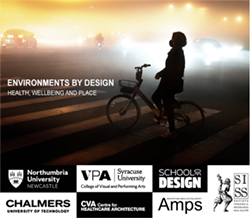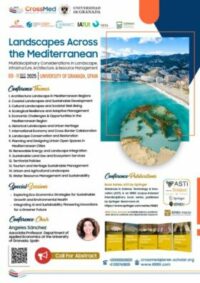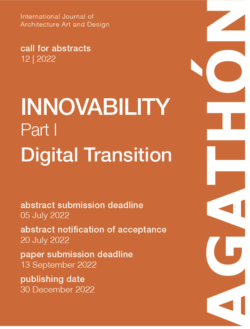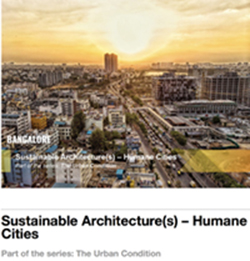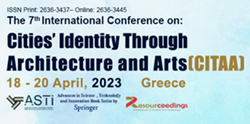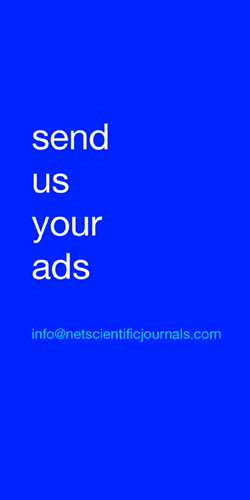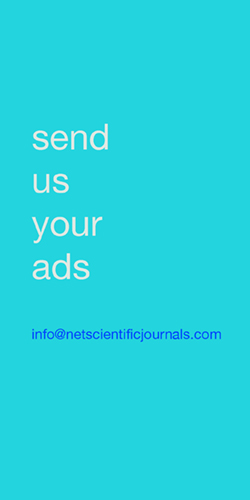ISSN (print): 2532-5507
ISSN (online): 2531-9477
Call of the Journal:
Jan
2021
Mar
2021
Jun
2021
Issue 11 of MD Journal intends to explore the topic of design for the connected (or smart city), from a perspective that considers the evolution of services in contemporary cities, with particular reference to urban quality and the quality of life of its citizens. The development of connectivity over the last two decades is changing the way buildings, public spaces and services are used, affecting the nature of activities such as work, education, urban mobility, healthcare, feed, leisure, culture and tourism. This progressive transformation of the relationship between people and their physical environment has produced a new concept of digitally integrated urban space, defined by Castells (1996) as “flow space”, generated by the social practices of the community on the web, in which the relationship between the citizen and the environment is constantly mediated by the digital dimension (Castells 1996; Ratti, Claudel, 2017). Moreover, the trend towards the transformation of goods into services (Rifkin, 2000), has directed the latter to an increasingly informative content and degree of interactivity, shifting the focus from their physical consistency to accessibility. The city’s services – an integral part of its “urban metabolism” – involve a large stakeholder’s number of (national and local administrations, the private sector, associations and individual citizens) and cover a broad scope, ranging from mobility to social services (including health and safety), the preservation of the environment and the cultural activities. Ubiquitous computing (or the Internet of Things) and the Wireless Sensor Network (WSN) today form a new paradigm of the physical space of the city, in which built and virtual space are constantly intertwined; the information gained from virtual infrastructure (multi-sector data or big data) enables more accurate service planning. Specifically, these data ease the provision of services, improve the design of urban interfaces, and introduce new sharing models characterised by citizens’ greater awareness of “maintenance” and design proposals to enhance life quality in the city. Today, the smart city also constitutes an extraordinary framework of action in which to make the theoretical and application fields of the disciplines of project planning interact as a whole, in particular the contiguous ones (architecture and design), in a unified vision of spatial phenomena, communicative interrelations, nodes and interfaces for access and use. Moreover, it is increasingly clear that this reflection cannot be confined to the urban dimension alone, but should also be directed towards products and services for the territories which are at higher risk of remaining on the margins and which have enormous potential in terms of quality of life. The issue aims to draw an effective picture of the evolution of public space design and of the dissemination within it of connected objects and services, which are technologically advanced and capable of producing value in the circular economy processes and of describing its impact on the life of citizens. Finally, it will be of great interest to focus attention on the potential that certain innovative urban services and interfaces have to influence the behaviour of citizens, encouraging healthier, more sustainable lifestyles, and mapping out their changes. The contributions to issue 11 of MD Journal are intended not only to investigate the transformations and research under way in various sectors related to urban services, but also to develop scenarios that highlight the positive and negative aspects that this revolution may produce in terms of well-being and quality of life in our cities.
MD Journal #11 intends to explore the contribution that design can make to this area of interest, by focusing on the theoretical and design aspects, sharing among researchers the transformations under way (or only latent), the methods and instruments that the discipline is implementing, in relation to certain core themes: Smart, tangible and intangible objects and services, in relation to the new ways of living in the city; Urban services for a healthy city; Digital integration between urban services and urban dashboards; Urban services, user behaviour mapping and rewarding; New urban waste collection systems and promotion of virtuous behaviour; Urban equipment: accessibility and attractiveness to encourage playing and physical exercise; Water in the city and blue infrastructure: evolution and potential of public fountains and waterways; Mobility: research and applications for smart and safer roads; evolution and characteristics of urban equipment connected to eco-sustainable mobility; Sensors in the city: physical integration of environmental sensors and video surveillance in historical contexts; Urban furnishings as an interface; Design of services for marginal territories and rural areas.
Design for smart cities
Issue 11 of MD Journal intends to explore the topic of design for the connected (or smart city), from a perspective that considers the evolution of services in contemporary cities, with particular reference to urban quality and the quality of life of its citizens. The development of connectivity over the last two decades is changing the way buildings, public spaces and services are used, affecting the nature of activities such as work, education, urban mobility, healthcare, feed, leisure, culture and tourism. This progressive transformation of the relationship between people and their physical environment has produced a new concept of digitally integrated urban space, defined by Castells (1996) as “flow space”, generated by the social practices of the community on the web, in which the relationship between the citizen and the environment is constantly mediated by the digital dimension (Castells 1996; Ratti, Claudel, 2017). Moreover, the trend towards the transformation of goods into services (Rifkin, 2000), has directed the latter to an increasingly informative content and degree of interactivity, shifting the focus from their physical consistency to accessibility. The city’s services – an integral part of its “urban metabolism” – involve a large stakeholder’s number of (national and local administrations, the private sector, associations and individual citizens) and cover a broad scope, ranging from mobility to social services (including health and safety), the preservation of the environment and the cultural activities. Ubiquitous computing (or the Internet of Things) and the Wireless Sensor Network (WSN) today form a new paradigm of the physical space of the city, in which built and virtual space are constantly intertwined; the information gained from virtual infrastructure (multi-sector data or big data) enables more accurate service planning. Specifically, these data ease the provision of services, improve the design of urban interfaces, and introduce new sharing models characterised by citizens’ greater awareness of “maintenance” and design proposals to enhance life quality in the city. Today, the smart city also constitutes an extraordinary framework of action in which to make the theoretical and application fields of the disciplines of project planning interact as a whole, in particular the contiguous ones (architecture and design), in a unified vision of spatial phenomena, communicative interrelations, nodes and interfaces for access and use. Moreover, it is increasingly clear that this reflection cannot be confined to the urban dimension alone, but should also be directed towards products and services for the territories which are at higher risk of remaining on the margins and which have enormous potential in terms of quality of life. The issue aims to draw an effective picture of the evolution of public space design and of the dissemination within it of connected objects and services, which are technologically advanced and capable of producing value in the circular economy processes and of describing its impact on the life of citizens. Finally, it will be of great interest to focus attention on the potential that certain innovative urban services and interfaces have to influence the behaviour of citizens, encouraging healthier, more sustainable lifestyles, and mapping out their changes. The contributions to issue 11 of MD Journal are intended not only to investigate the transformations and research under way in various sectors related to urban services, but also to develop scenarios that highlight the positive and negative aspects that this revolution may produce in terms of well-being and quality of life in our cities.
MD Journal #11 intends to explore the contribution that design can make to this area of interest, by focusing on the theoretical and design aspects, sharing among researchers the transformations under way (or only latent), the methods and instruments that the discipline is implementing, in relation to certain core themes: Smart, tangible and intangible objects and services, in relation to the new ways of living in the city; Urban services for a healthy city; Digital integration between urban services and urban dashboards; Urban services, user behaviour mapping and rewarding; New urban waste collection systems and promotion of virtuous behaviour; Urban equipment: accessibility and attractiveness to encourage playing and physical exercise; Water in the city and blue infrastructure: evolution and potential of public fountains and waterways; Mobility: research and applications for smart and safer roads; evolution and characteristics of urban equipment connected to eco-sustainable mobility; Sensors in the city: physical integration of environmental sensors and video surveillance in historical contexts; Urban furnishings as an interface; Design of services for marginal territories and rural areas.
ANVUR.
There is no fee of any kind charged for publishing.
Editors
Gabriele Lelli
Ilaria Fabbri
Dario Scodeller

